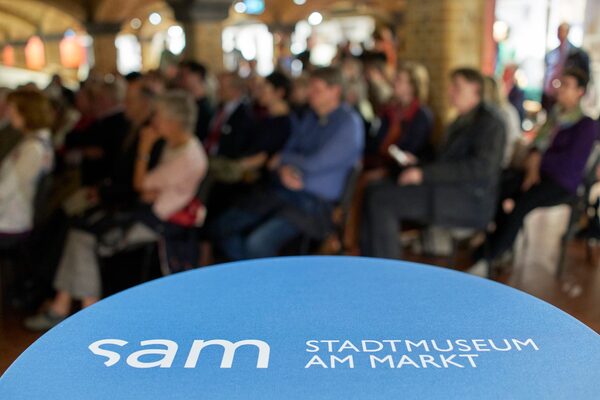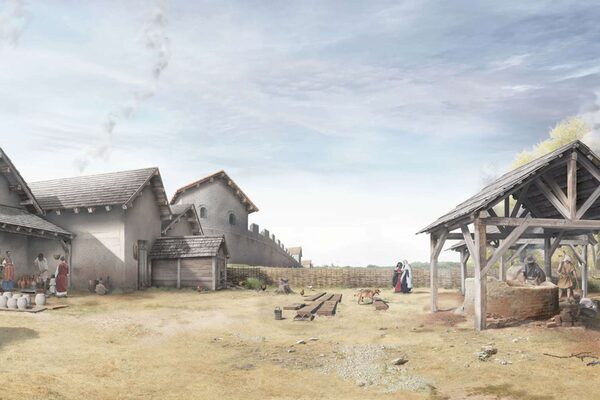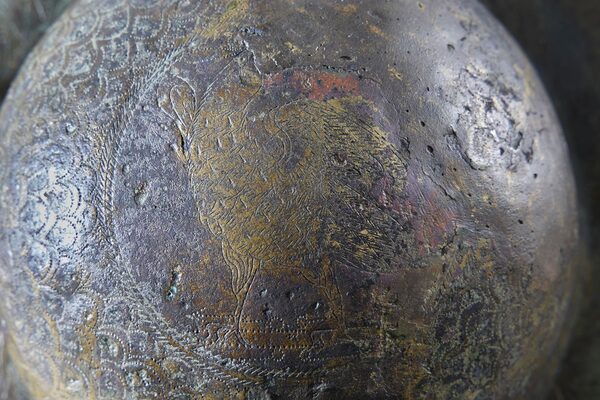Lectures in the accompanying program
The Limes exhibition will also be accompanied by interesting lectures.
Lectures in the accompanying program
Every Tuesday, 6 p.m., admission free
"Here's to good neighborliness! Life in a fort vicus on the Upper German-Raetian Limes"
June 17, 2025
Simon Sulk, RömerMuseum Weißenburg
A civilian settlement always developed at the same time as the forts on the Limes, where soldiers, craftsmen and traders lived and various services were offered. The inhabitants often came from many different parts of the empire, just like the troops. In the beginning, Limes research was strongly influenced by the military, so the focus was almost exclusively on the forts. The fort villages were only studied in part. This has changed fundamentally in recent decades. Even though the northern border of the Roman Empire was characterized by the military stationed there, it should not be forgotten that a large part of the population consisted of civilians. How did these people live on the edge of the empire? How did they earn their living and how dependent were they on the army stationed there? The lecture shows how one can imagine life on the Limes and which questions are still unanswered today.
July 1, 2025
Dr. Boris Burandt, Museum Burg Linn
"The soldiers of Rome - a tour through the history of imperial military equipment"
Finissage
Sunday, August 10
2 to 4 p.m.: Open workshop for families
3 to 4 p.m.: Guided tour by curators
4 to 5 p.m.: Sparkling wine and Roman snacks
Free admission
Registration for all events by e-mail to infostadtmuseum-wiesbadende or by telephone on 0611 / 44 75 00 60.
sam - City museum on the market
sam - Stadtmuseum am MarktStiftung Stadtmuseum Wiesbaden
Address
65183 Wiesbaden
Arrival
Telephone
Opening hours
Tue to Sun 11-17 h
Thu 11-20 o'clock
Administration
Wiesbaden City Museum Foundation
Bierstadter Str. 1
65189 Wiesbaden


